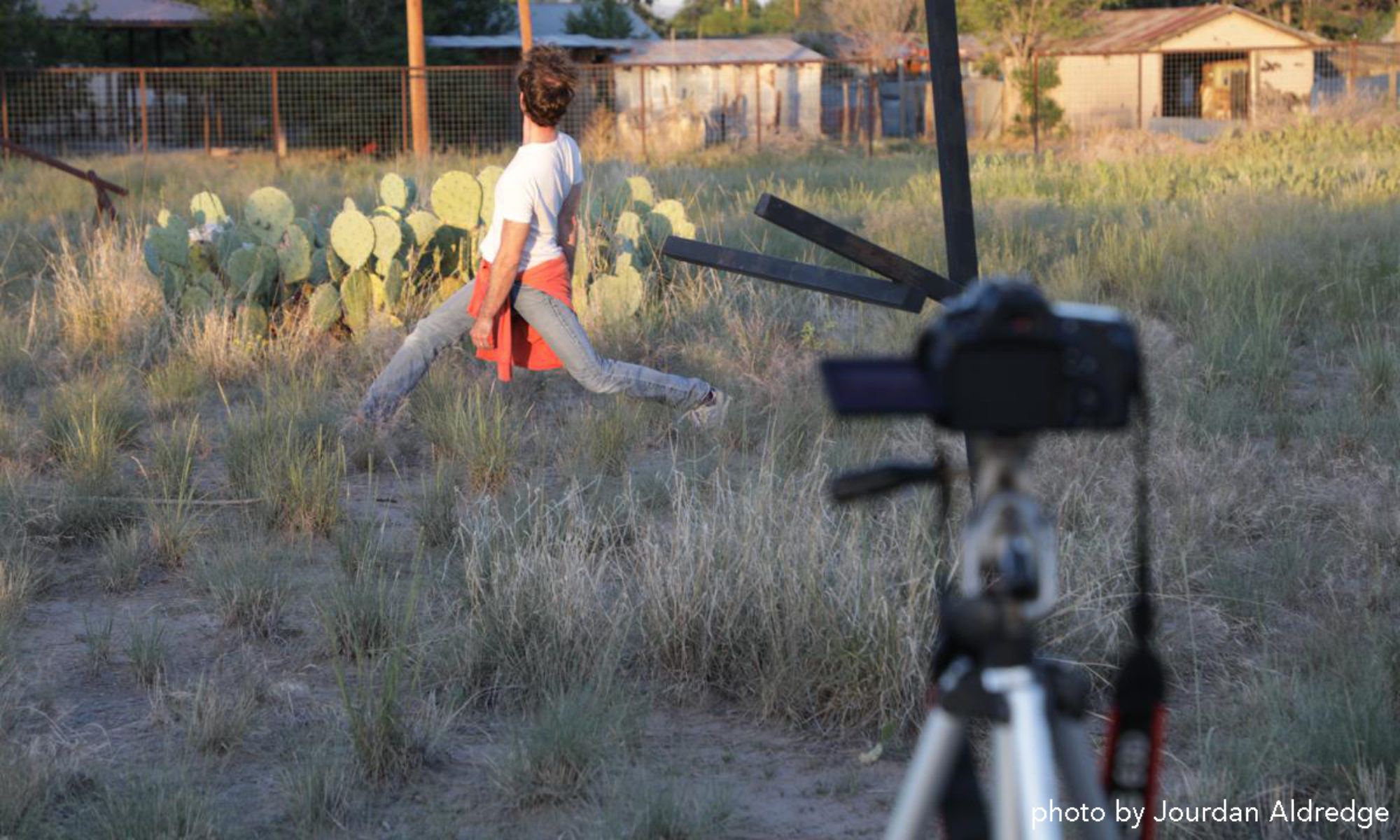If a dance piece is different in a theater than in a gallery, white box vs. black box, how would it change in a movie theater?
in an elementary school theater?
a high school theater?
a college theater?
the art gallery next to the black box theater at the college?
at a theater at a university, a university without a dance major?
in the theater of a university?
in the theater of a PAC 10 university?
in the foyer of that theater?
in the bathroom off the foyer of the theater of the PAC 10 university that doesn’t have a dance major?
in a bus stop near that university?
the bathroom at that bus stop?
the bus that just left the bus stop?
the bathroom on that bus?
the Wendy’s that bus stops at 3 hours later?
in the parking lot of the gas station?
next to pump number 3?
next to pump number 7 that Henry in a red and green plaid shirt is using to fill his Toyota Tundra’s tank?
OK, forget all that. Let’s go back to a traditional performance space.
A sprung bamboo floor on a 15×10 meter rectangle of concrete with radiant heating. The concrete is 20 cm thick. Surrounding the dance floor is gravel. This floor is in a room that has 5 other such floors and each one is surrounded similarly by gravel. This room has windows on the north and south sides and has an arched roof. The walls are white; the gravel grey; the ceiling silver. The east and west sides have brown sliding door 4 meters long and 2 meters tall. Each door has a cement landing and benches.
Maybe this isn’t a traditional performance space, but my dream studio.
OK, back to this piece…hmm…how about this – We, in the performance world, shall never make a new piece ever again, but agree upon 1 piece that we will all repeat in different contexts. Never again will we have to worry about what we will do. The only question is where we will do it.
P.S.
There are an infinite number of contexts (as there are pieces).
I’d rather make the pieces than the contexts.
